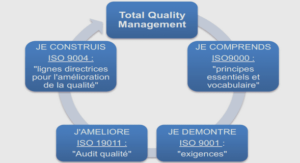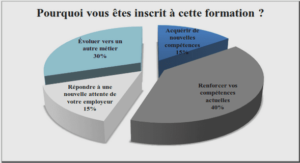The noun and its determiners (a / an-the and this /that)
Noun morphology
English and Sereer
Nouns Morphology is a subdiscipline of linguistics and aims at adequate language description, at the development of a proper language typology. Geert Booij (2005) states that “it contributes to debates on the organization of grammar and mental representation of linguistic competence” The morphology of a noun is the internal structure of a noun. It deals with the forms of lexemes, that is to say inflections and the way in which lexemes are formed. The paradigmatic relationship between words is therefore essential and the morphology cannot be perceived as the “syntax of morphemes” or “the syntax below the word level”. The environment of the noun will also be at stake. Words or morphemes have an internal structure because they can be decomposed into meaningful units. At least some of these morphemes are decomposable into significant ones. These meaningful units are called morphemes. The affixes of the morphemes allow us to proceed this way. The segmentation may happen to be dealing with the grammatical point. In fact, it is the case the meaningful units will have a meaning in grammar. Therefore, this reason will lead us deal with number.
English nouns
A noun is a member of a syntactic class in English. Nouns embody the most time-stable concepts of a language. Nouns may concrete and abstract. Concrete or physical nouns are prototypical nouns in English and they do not change over the time. A noun can also be abstract. An abstract noun that denotes something viewed as non material. Nouns (concrete or abstract) are always preceded by an article (a- an –the). The English nouns function by following a certain order that is specific to English in our research paper. The use of the article [the] is used when the noun is one of something. It is employed when it is something unique its genre. This same article in English is always placed before the noun. We use also [the] when it is clear in the situation which thing or a person. [the] is a definite and atomic article. Whereas [a – an] to say what kind of thing something is. Their position is always before the noun and they are indefinite articles. But when we are talking about thing in general we use the article [φ]. The noun is associated with an inflectional category, the number. Article a-an-the noun Concrete nouns A dog A rock A person Kindness Beauty Intelligence Abstract nouns
Sereer nouns
The noun is functioning in a manner that is different from the way other languages are functioning. In fact, it has a morpheme {-o, -a -φ} that determines the object and is always before the noun. The noun that constructed is indefinite. The morpheme {-o, -a -φ} at the initial position determines an indefinite noun. Whenever the Sereer language wants to form a definite, the diagram works like this one.
English and Sereer numbers
English number and the demonstratives
The number is the inflection of nouns, pronouns, verbs, adjectives and determiners to show the singular and plural. But, in our research paper, we will only deal with the nouns and its determiners (articles) and demonstratives. The noun preserves its generic form. In other words, there is no affix related to the word. The plural morpheme {s} is added at the end of the words in the corpus. Here the meaningful unit is at the same time the suffix [s]. We can see that all these nouns are accompanied with determiners (a – an – the) in the singular form. In the plural form the determiners (a – an) immediately disappear and are replaced by[φ]. Since it does not have any effect it doesn’t need to be written. The mark of the plural is always at the final position. This leads at to talk about the environment of the noun. It is important to be mentioned because in some nouns, meaningful morpheme in the plural may be in the internal position. It is easy to notice that the plural is neither a suffix nor a prefix but it is here an infix, which is very rare in English. Moreover the morpheme {-s} an infix is found in compound nouns as the example in this corpus. The plural form {-s} is pronounced {-Z}. The immediate environment may have transformed this voiceless consonant into a voiced one. This is the case in the corpus above.
Part I : Noun Morphology |



